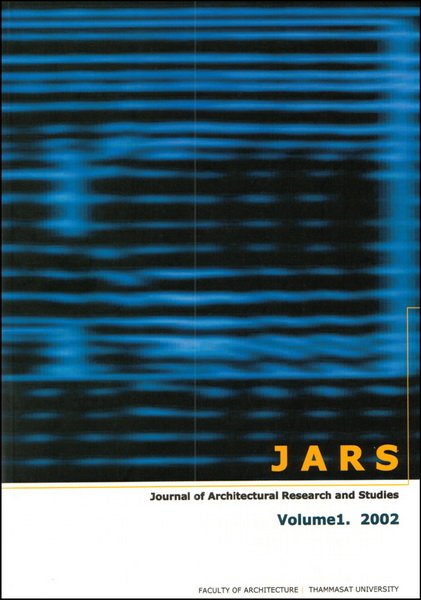Creating Team Competency for Idea Generation and Implementation of Energy Efficient Innovation in Buildings
Main Article Content
Abstract
This paper reports the initial findings of an ongoing study that aims to identify the mechanisms that foster technical innovation in the building industry, specifically energy efficient innovations. Building practice is a complex and collective endeavor, which involves a large number of different parties (knowledge experts, manufacturers, and suppliers), specialized design, and a variety of types of contracts. These collaborative efforts, however, do not necessarily produce a technologically innovative building due to other forces such as economics, preferences, and constructability. Nonetheless, it is clear that some buildings are more innovative while others maintain the traditional conventions. The investigation finds that team competency or ‘relational competence’ of team members to achieve Energy Efficient Innovation (EEI) in buildings depends largely on the commitment of project participants and their collaborative climate, which, in turn, is a function of five interrelated factors: Green alliance and criteria formulation; value-based relationship; feedback cycle; green driver and leadership; and the prospect of future collaboration.
Downloads
Article Details

This work is licensed under a Creative Commons Attribution-NonCommercial-NoDerivatives 4.0 International License.
All material is licensed under the terms of the Creative Commons Attribution 4.0 International (CC-BY-NC-ND 4.0) License, unless otherwise stated. As such, authors are free to share, copy, and redistribute the material in any medium or format. The authors must give appropriate credit, provide a link to the license, and indicate if changes were made. The authors may do so in any reasonable manner, but not in any way that suggests the licensor endorses you or your use. The authors may not use the material for commercial purposes. If the authors remix, transform, or build upon the material, they may not distribute the modified material, unless permission is obtained from JARS. Final, accepted versions of the paper may be posted on third party repositories, provided appropriate acknowledgement to the original source is clearly noted.
References
Frischer, J. (1999). Relationship for the development of competence. Unpublished paper. Department of Psychology, Göteborg University, Göteborg.
El-Bibany, H., & Paulson, Jr. B. C. (1994). Collaborative knowledge-integration systems: A tool for AEC design, management, and coordination. Microcomputers in Civil Engineering, 9(1), 29-40.
Kane, C. (1993). Team building. Independent Energy, 23(4), 36.
MacLeod, I. A., Kumar, B., & McCullough, J. (1998). Innovative design in the construction industry. Proceedings of the Institution of Civil Engineers-Civil Engineering, 126(1), 31-38.
Albanese, R. (1993). Team building: Implications for the design/construction process. Austin, Texas: Construction Industry Institute (CII).
Albanese, R. (1994). Team building: Key to better project results. Journal of Management in Engineering, 10(6), 36.
Heintz, J. L. (1999). Coordinating collaborative building design. Delft: Delft University of Technology, The Netherlands.
Osborne, S. (1993). The nature of innovation. Working paper no.25. Public Sector Management Research Centre, Aston Business School, England.


